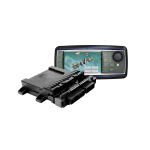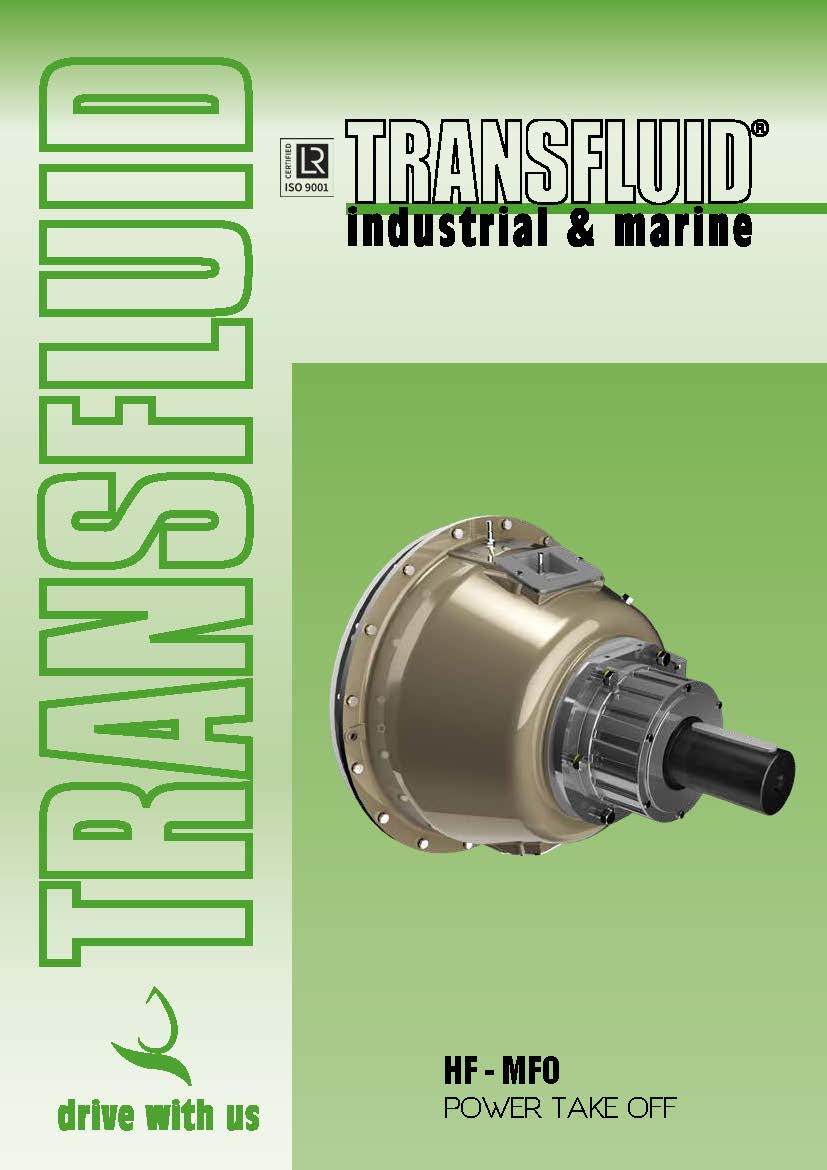ENGAGEMENT
TRANSFLUID has developed the HFO-HFR clutches to meet the growing market demand for power take-offs for high speed, high horsepower industrial engines, and remote-control operation.
HFO consists of an oil actuated clutch assembly (dry plates) with shaft and bearings suitable for high radial loads mounted in a cast iron housing that provides easy engine installation.
The connecting flange and housing to the engine are SAE standard. A rotating union provides the oil actuation mounted on the shaft end allowing the oil to engage and disengage the clutch.
This system allows the use of HFO clutches for belt-driven applications only. The oil actuation allows remote control as well as a larger transmittable torque compared to the traditional over-center PTOs. Due to the continuous pressure applied to the clutch plates, the HFO is a self-adjusting clutch that drastically reduces maintenance costs, especially on heavy-duty applications where plate wear is typical.
The HFR clutches have identical performances as HFO but it is designed for in-line applications. The oil actuation is provided by radial oil inlet in the bearing carrier allowing the same operation as HFO clutches.
CLUTCHES ACCESSORIES
 MPCB
MPCB
The MPCB controller is a dedicated printed circuit board entirely developed by TRANSFLUID, to monitor and control all functions of TRANSFLUID’s dry clutches, such as input and output speed, oil temperature and oil pressure. Our controller allows the soft engagement of the driven machine preventing nclutch overload and engine stalling; therefore HF clutch and TowerClutch transmission are fully protected by unexpected failure due to misuse or abuse of the product.
The MPCB has been designed to continuously operate in heavy duty conditions; the most common applications are crushers, wood chippers, road milling machines, metal shredders, compressors and volumetric pumps.
The proprietary software is personalized according to the specific application and a separate Display can be integrated for a better view of all above mentioned parameters.
The MPCB can be linked to the the engine control box via CAN BUS SAE J1939 protocol (or CAN BUS Open), consequently warning, alarm messages and any clutch status are transmitted via a single IP67 bus cable.
The MPCB enclosure is installed and wired on board the clutch through rubber mountings to dampen vibrations and shorten electric harnesses length.





 TRANSFLUID S.p.A. – Cap. Soc. EUR 520'000 – C.F./P.IVA 00790770150 – R.E.A. VA 0310612 – N. Mecc. VA 059280 – VAT NUMBER IT 00790770150
TRANSFLUID S.p.A. – Cap. Soc. EUR 520'000 – C.F./P.IVA 00790770150 – R.E.A. VA 0310612 – N. Mecc. VA 059280 – VAT NUMBER IT 00790770150